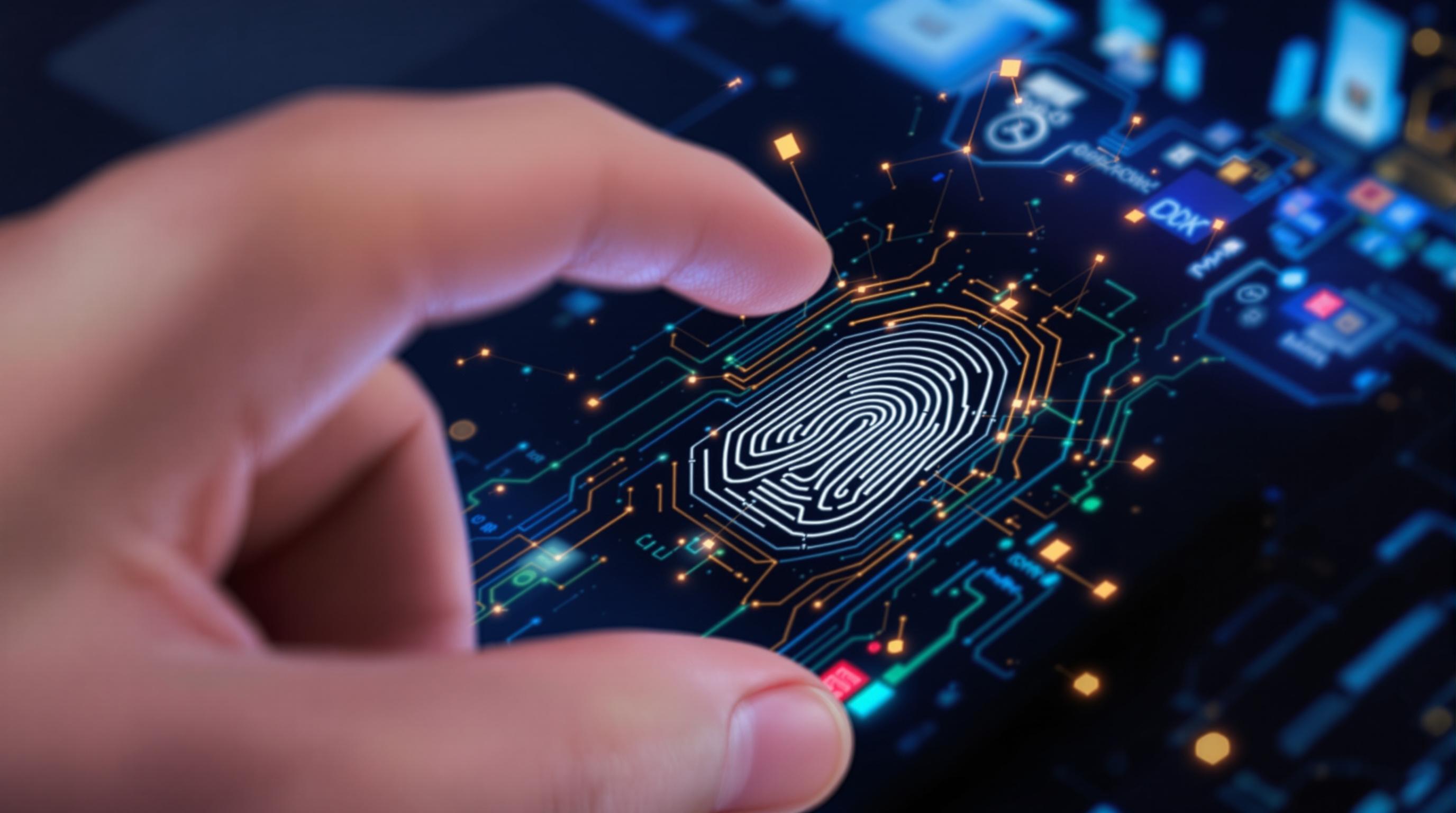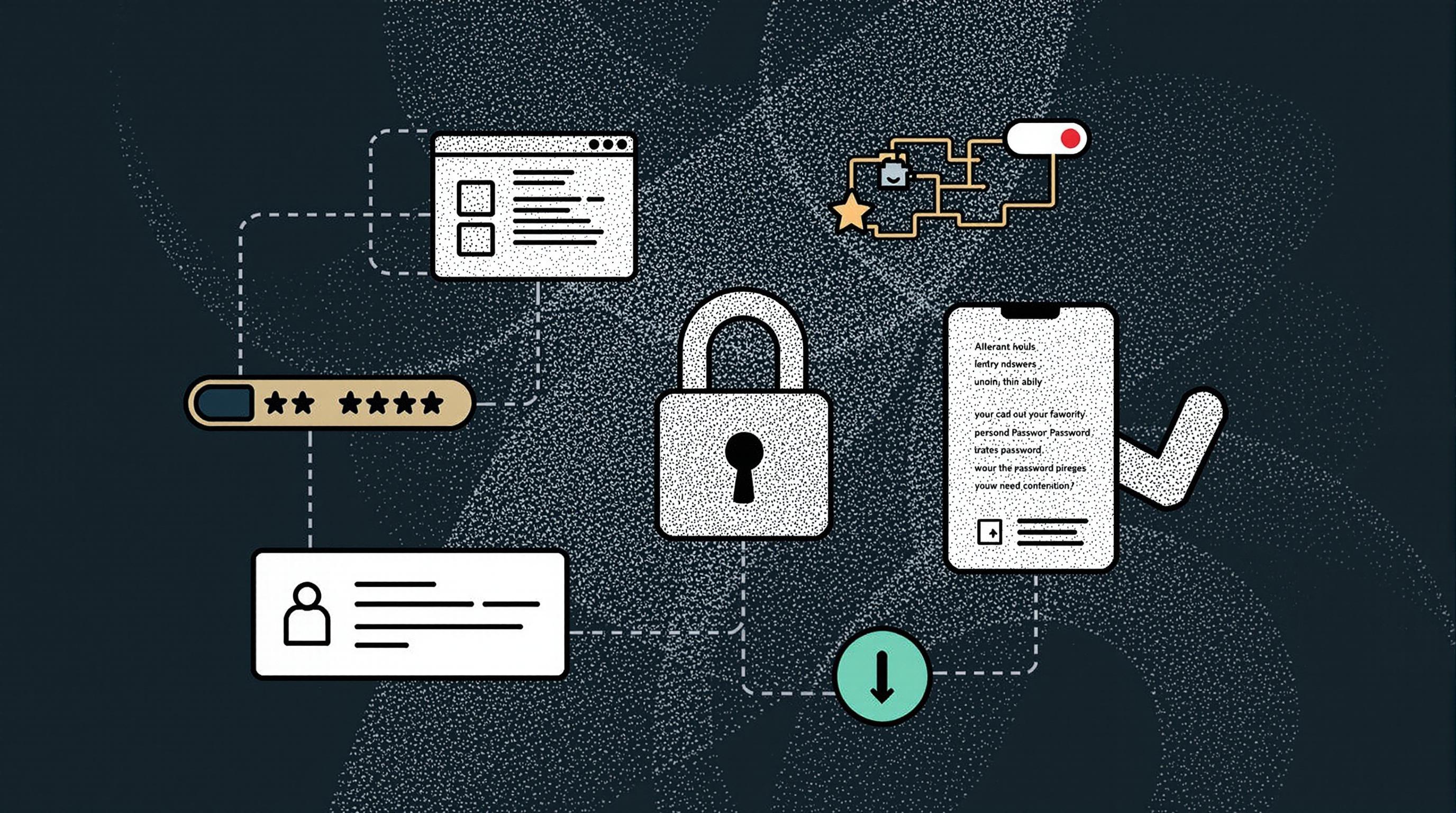Related Articles
- 8 Innovative Password Safes Released Since 2019 Changing How We Protect Our Digital Lives
- Top 6 Revolutionary Password Vaults Debuting Since 2019 That Are Disrupting Cybersecurity Norms
- 7 Innovative Browsers Released Since 2019 That Redefine Online Confidentiality and User Control
- Exploring Psychological Barriers to Adopting Enhanced Mail Safeguards Among Diverse User Groups
- Top 6 Privacy-Focused Browsers Launched Since 2019 That Outsmart Data Trackers Effortlessly
- How Antivirus Software Influences Environmental Footprints: Assessing Energy Use and Electronic Waste Trends
8 Innovative Biometric Password Managers Enhancing Access Control Beyond Traditional Encryption
8 Innovative Biometric Password Managers Enhancing Access Control Beyond Traditional Encryption
8 Innovative Biometric Password Managers Enhancing Access Control Beyond Traditional Encryption
Introduction to Biometric Password Managers
In an era where cybersecurity threats continuously evolve, traditional password systems are proving increasingly vulnerable. Standard encryption methods, while foundational, often fail to provide sufficient protection against sophisticated hacking techniques. Enter biometric password managers—tools that leverage unique biological traits to secure access and streamline user authentication.
Biometric authentication uses identifiers such as fingerprints, facial recognition, iris scans, or voice patterns. These traits are nearly impossible to replicate or steal, offering a profound security advantage. The integration of biometric systems into password managers marks a significant advancement in protecting digital identities.
This article explores eight innovative biometric password managers that are redefining access control. Each combines cutting-edge biometric technology with password management to provide robust security layers beyond traditional encryption.
1. Dashlane with Facial Recognition
Dashlane is a popular password manager that has incorporated facial recognition to enhance user authentication. By utilizing a device's front-facing camera, Dashlane allows users to unlock their vaults through secure facial scans.
This biometric layer works alongside traditional master passwords and two-factor authentication. The convenience of facial recognition reduces the risk of password compromise, especially on mobile devices, where typing complex passwords can be cumbersome.
According to Dashlane’s security whitepaper, facial data is stored locally on devices, mitigating cloud storage risks and ensuring privacy compliance. This innovation reflects a growing trend toward decentralized biometric data handling.
2. 1Password Touch ID and Face ID Integration
1Password, known for its robust encryption practices, has integrated Touch ID and Face ID biometric options on Apple devices. These integrations offer a seamless way for users to unlock their password vault without typing complex credentials.
The system utilizes Apple's Secure Enclave to protect biometric data, isolating sensitive information from the app itself. This ensures that even if the device is compromised, biometric data remains secure and inaccessible to attackers.
Industry analysts applaud 1Password's approach as it combines strong encryption with biometric convenience, consistently improving user experience without sacrificing security (TechCrunch, 2023).
3. LastPass with Multifaceted Biometric Support
LastPass extends biometric authentication beyond fingerprint scanning by supporting multiple biometrics, including facial and voice recognition, depending on device capabilities. This flexibility caters to a wide range of users and devices.
By offering adjustable biometric settings, LastPass empowers users to select their preferred authentication method. This adaptability is critical in environments where certain biometrics might be less feasible, such as voice recognition in noisy conditions.
Security audits indicate that LastPass encrypts biometric identifiers locally before any transmission, reducing exposure during synchronization across devices.
4. Keeper Security with Iris Recognition
Keeper Security stands out by integrating iris recognition technology in its biometric password management offering. Iris patterns are highly unique, making them exceptionally reliable for identity verification.
This approach increases protection for enterprise users who need stringent access control. Keeper's iris recognition operates through compatible cameras, providing rapid yet secure authentication.
Recent tests have demonstrated Keeper’s low false acceptance rates, highlighting the efficacy of iris biometrics in enhancing password manager security (Keeper Security Research Report, 2024).
5. Bitwarden's Biometric Unlock Feature
Bitwarden, an open-source password manager, adds biometric unlocking capabilities to its suite, supporting fingerprint sensors on both Android and iOS devices. This enables quick access while maintaining end-to-end encrypted storage.
The open-source nature of Bitwarden allows independent security researchers to validate the implementation of biometric security, fostering transparency and trust in its authentication process.
Regular updates ensure compatibility with new hardware biometric standards, positioning Bitwarden as a future-ready solution for secure password management.
6. NordPass with Voice Biometrics
NordPass has pioneered the inclusion of voice biometrics as an access control mechanism. Users can authenticate by speaking unique passphrases analyzed for voiceprint characteristics.
Voice-based authentication is advantageous for hands-free access and offers an innovative user experience. NordPass ensures voice samples are encrypted and processed locally to prevent interception or replay attacks.
Despite voice biometrics' susceptibility to ambient noise, NordPass mitigates risks through background noise filtering algorithms, providing reliable authentication even in challenging environments.
7. RoboForm with Multimodal Biometric Authentication
RoboForm integrates a multimodal biometric authentication approach, combining fingerprint, facial recognition, and behavioral biometrics like typing patterns. This layered method significantly strengthens access control.
Behavioral biometrics analyze how users type and interact with devices, adding a subtle but powerful dimension to identity verification. RoboForm uses this data to detect anomalies and prevent unauthorized access.
The combination of physiological and behavioral biometrics creates a more resilient security model, reducing false positives and enhancing user adaptability.
8. Enpass with Biometric Cryptographic Keys
Enpass employs a sophisticated technique that generates cryptographic keys derived from users’ biometric data. Unlike traditional biometric verification, this method directly ties biometric input to cryptographic operations.
This approach eliminates the need to store biometric templates, addressing privacy concerns. Enpass leverages secure hardware modules on devices to perform cryptographic functions based on biometric triggers.
Experts recognize this as a forward-thinking integration, bridging biometric authentication and cryptographic security, ensuring passwords remain protected even if the device falls into malicious hands.
Conclusion: The Future of Password Management
As cyber threats continue to escalate, password management must evolve. Biometric password managers represent a pivotal advancement, melding unique human identifiers with encrypted storage to provide superior security.
The eight innovative solutions discussed exemplify how biometric technologies can enhance traditional encryption, making unauthorized access exponentially more difficult. By leveraging physiological and behavioral characteristics, these managers offer both convenience and resilience.
Looking ahead, the fusion of biometrics with artificial intelligence and cryptographic innovation promises even smarter, more adaptive access control systems. Organizations and individuals alike should consider adopting biometric password managers to fortify their digital defenses (Cybersecurity Ventures, 2024).




